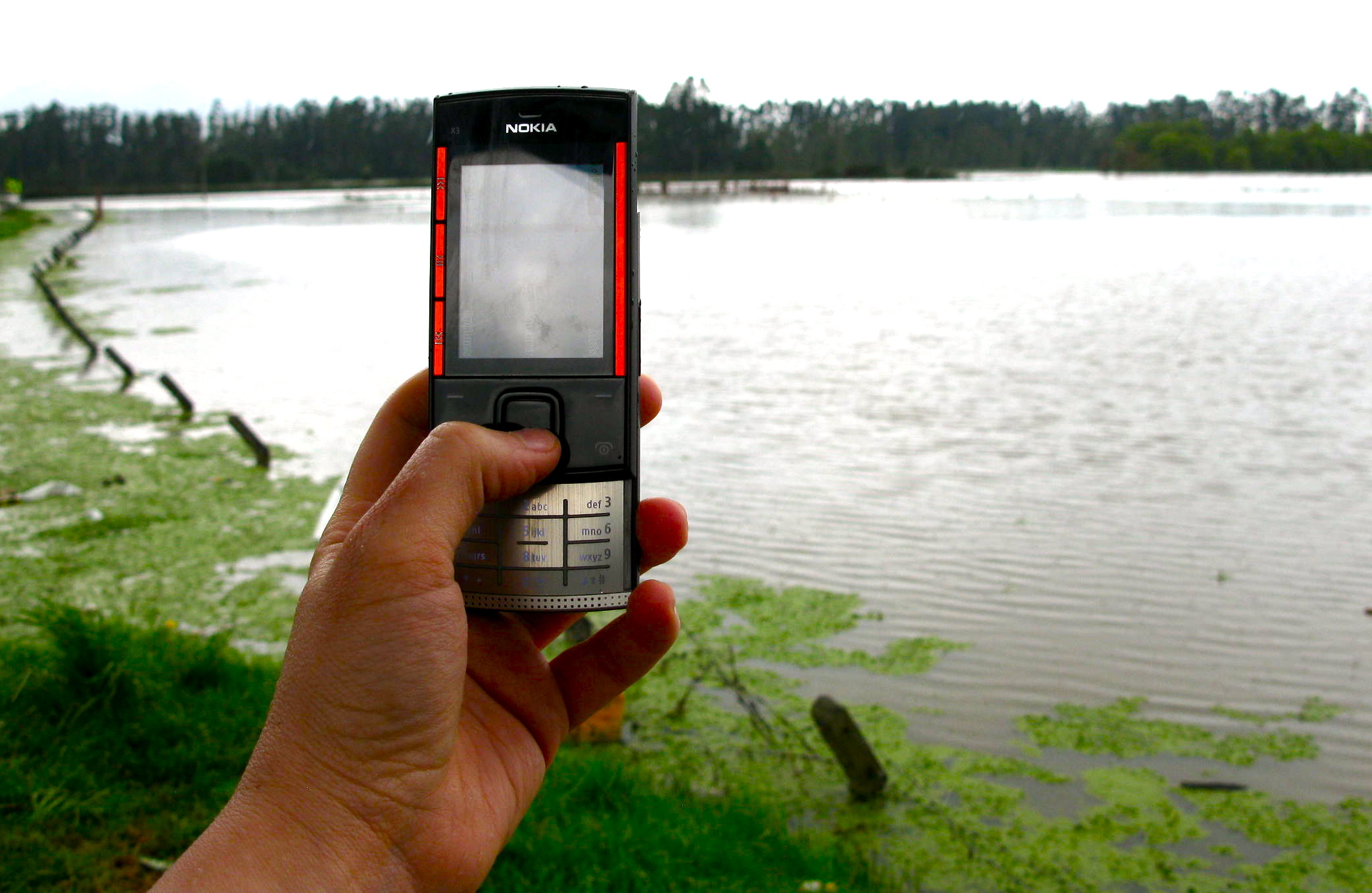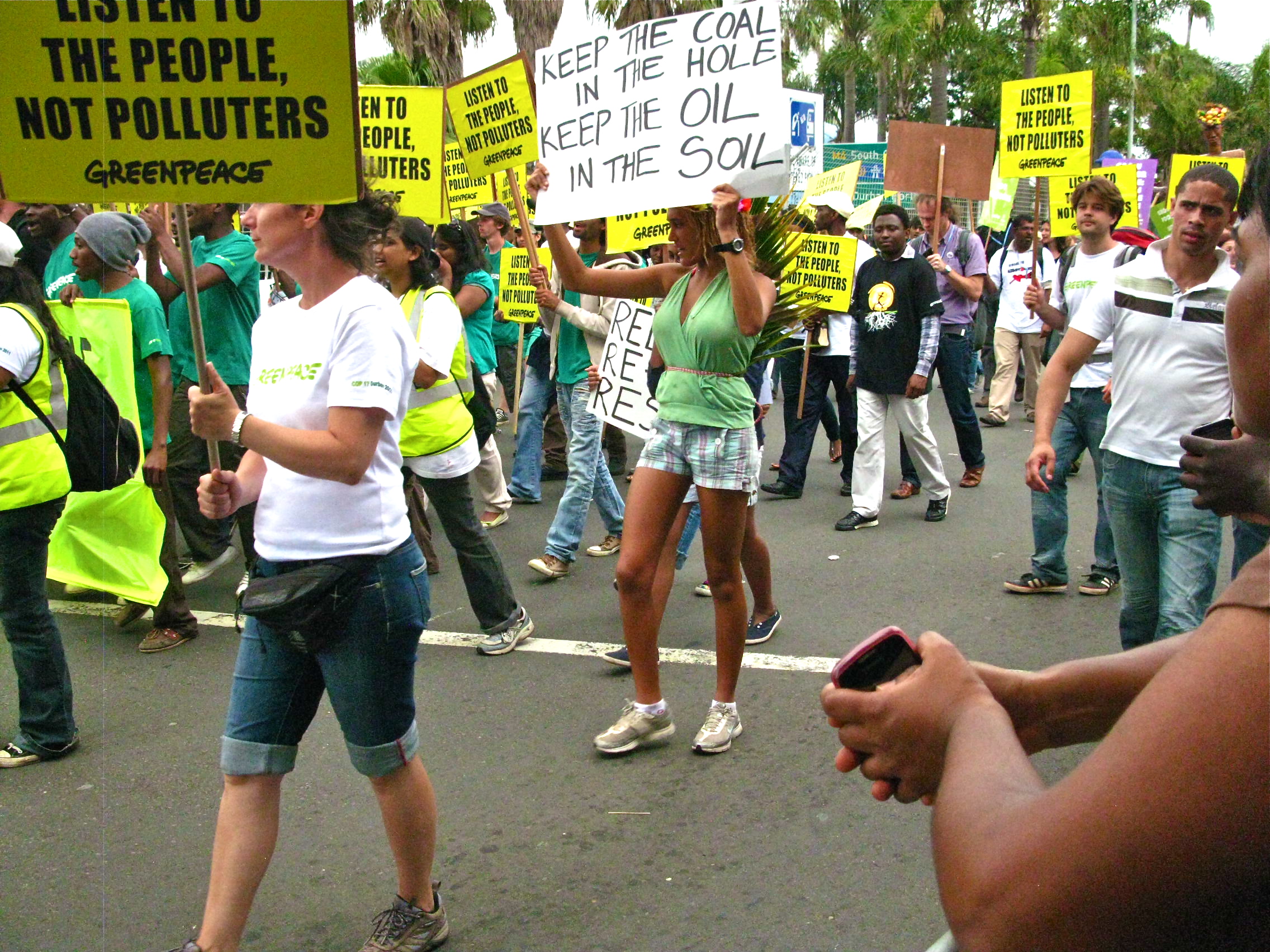 One of the main challenges faced within international policy processes is that of striking a balance between traditional and novel approaches needed to address development challenges. Decision-makers face the daunting task of acknowledging lessons learned (from both success and failure), while at the same time adopting innovative strategies needed to achieve sustainable growth amidst an uncertain future.
One of the main challenges faced within international policy processes is that of striking a balance between traditional and novel approaches needed to address development challenges. Decision-makers face the daunting task of acknowledging lessons learned (from both success and failure), while at the same time adopting innovative strategies needed to achieve sustainable growth amidst an uncertain future.
While the international landscape has witnessed significant changes since the 1992 United Nations Conference on Environment and Development (UNCED) that took place in Rio de Janeiro, Brazil, one of the most important global transformations relates to information. The widespread use and rapid development of Information and Communication Technologies (ICTs) such as mobile phones, radio and the Internet, have added new challenges and opportunities to the way in which information and knowledge are created, managed, disseminated and shared, and thus, their role is gaining momentum within decision-making processes.
During the last decade, the developmental potential of ICTs has been increasingly acknowledged within international policy processes, mainly in regards to ‘traditional’ development issues such as governance and education. More recently, and thanks to the leadership of organisations such as the International Telecommunication Union (ITU), their role has also been acknowledged at high political levels in regards to environmental sustainability, climate change responses and ‘green growth’.
Emerging initiatives, research and advocacy at the intersection of ICTs, environmental sustainability, climate change and development are evidencing the need to acknowledge and integrate the role of these tools as part of international strategies and agreements, such as those that will be discussed at the Rio+20 Conference (20th-22nd June 2012, Rio de Janeiro, Brazil).
As a high level forum aimed at achieving ‘renewed political commitment for sustainable development, assess the progress to date and the remaining gaps in the implementation of the outcomes of the major summits on sustainable development’, and most of all, aimed at ‘gathering high-level political commitments towards new ways of addressing new and emerging challenges’ (UNCSD, 2012), Rio+20 will be an important forum to open new opportunities for innovation –including those opportunities supported and enabled by ICTs.
The explicit inclusion of ICTs in the ‘zero draft’ of “The Future We Want” outcome document of Rio+20 constitutes an important step into that direction. The draft document acknowledges the role of these technologies in accessing and sharing information, providing new mechanisms for citizen participation, people empowerment and accountability, and it also calls for greater efforts to achieve universal access to ICTs.
While the document is still in draft form, the acknowledgment of ICTs’ potential as part of Rio+20 outcomes would send a valuable high-level message to leverage and foster the adoption of more holistic and innovative approaches to sustainable growth with the help of these tools. It would serve as an important precedent towards the explicit inclusion of ICTs in future policy processes and agreements at the international and national levels, particularly in regards to the achievement of ‘green growth’ goals and climate change responses (for example, as part of the negotiations of the UN Climate Change Conference COP 18, to be held in Qatar later this year).
Experiences from the ICT for development (ICT4D) field can yield valuable lessons to be considered by policy and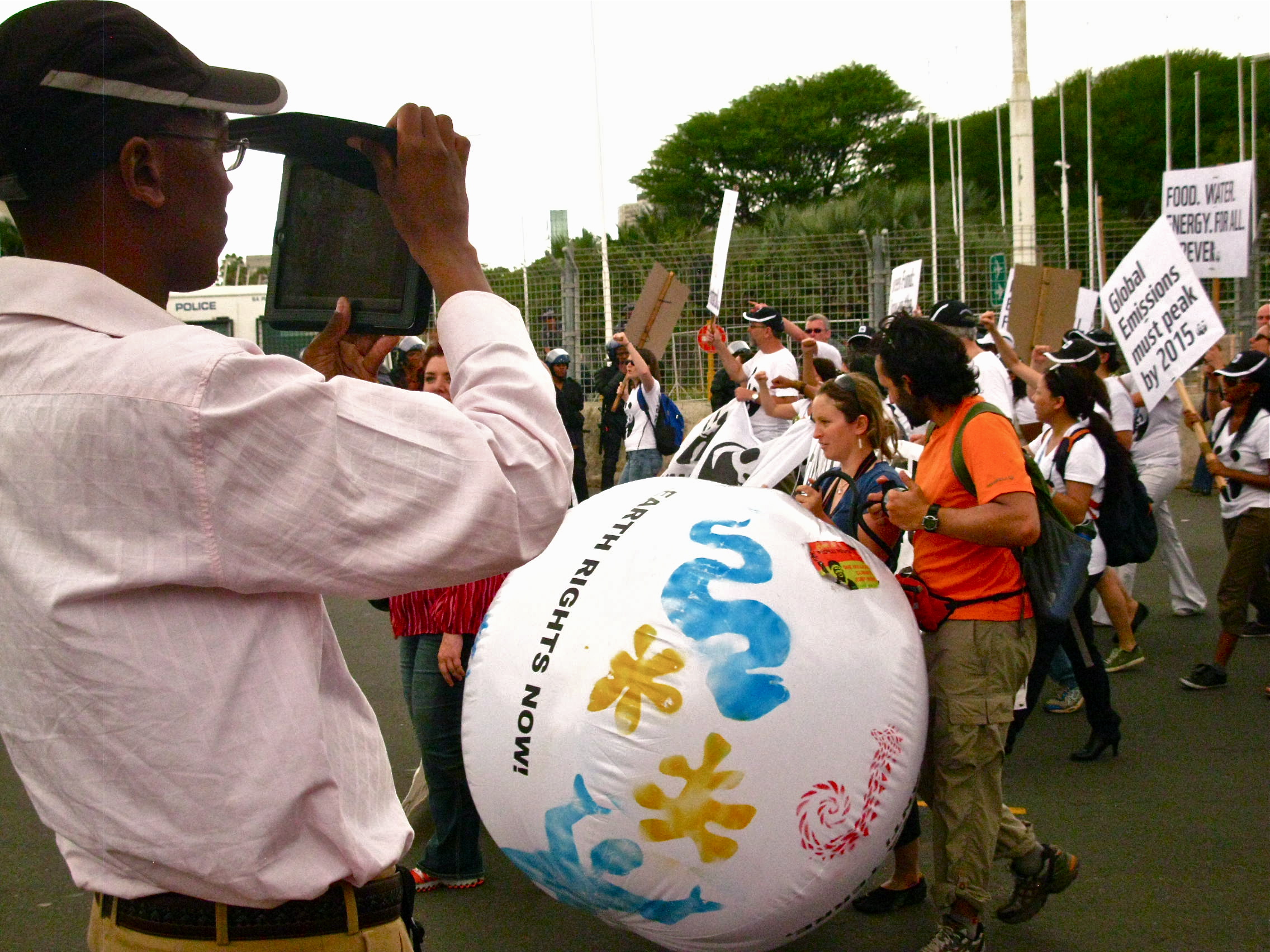 decision-makers involved in events such as Rio+20. A study of the failure risks for e-government projects conducted by Heeks in 2003 suggests that the underlying cause of project failure constitutes the oversize gaps between project design and on-the-ground reality. Similar ‘design-reality gaps’ can also be found between ICTs’ acknowledgement in international agreements, and the actual use of ICT tools as part of sustainable or ‘green’ practices in the field.
decision-makers involved in events such as Rio+20. A study of the failure risks for e-government projects conducted by Heeks in 2003 suggests that the underlying cause of project failure constitutes the oversize gaps between project design and on-the-ground reality. Similar ‘design-reality gaps’ can also be found between ICTs’ acknowledgement in international agreements, and the actual use of ICT tools as part of sustainable or ‘green’ practices in the field.
Thus, ensuring that ICTs’ inclusion in international agreements translates into improved sustainable development practices, including climate change mitigation, adaptation and monitoring responses, requires going well beyond political rhetoric.
Some of the key factors to be considered by decision makers involved in international agreements, in order to avoid or minimise the ‘design-reality gaps’ in regards to ICT implementation include:
- Information Appropriateness: International agreements should to acknowledge the diversity of information needs and capacities that exists within and between developed and developing contexts. ICT-enabled information provision should be based on knowledge resources that are valued nationally and locally, and that can be appropriated and used within specific development contexts (e.g. through the provision of contents that respond to local priorities, delivered in appropriate formats and languages).
- Stakeholder Diversity and Participation: International agreements should acknowledge the variety of stakeholders and institutions involved in national/regional policy design and implementation, as well as the ‘disconnect’ that often exists between them. Agreements should foster the adoption of ICT- based mechanisms aimed at facilitating participative decision-making and multi-stakeholder coordination towards the implementation of climate change responses and ’green’ initiatives.
- Resource Allocation and Monitoring: International agreements should promote the implementation of bottom-up needs assessments aimed at identifying the resources needed to implement ICT initiatives in the field. This includes an assessment of the human, the technological and the physical resources required for ICT tools to be effectively accessed, appropriated and used at the local level, particularly within remote rural contexts. Agreements should include recommendations on the implementation of ICT-based resource monitoring and accountability mechanisms.
- Ensuring ICT Policy Coherence: International agreements should recognise the importance of fostering the role of development in ICT policy, but also the role of ICT in development policy (Heeks et al, 2010). This implies opening new channels of dialogue and discussion between stakeholders from different sectors (e.g. environment, ICTs, agriculture, industry), and supporting the role of local leaders that have a clear and credible vision on the contribution that ICTs can make to sustainable development.
Avoiding or minimising the ‘design-reality gaps’ in this field requires building upon available experience (e.g. from the development, climate change and the ICT for development fields), while at the same time fostering innovation (e.g through new technological approaches to the green economy or to sustainable agricultural practices, or through ICT-enabled mitigation and adaptation responses). It implies finding a balance between current challenges and future threats, between emerging knowledge and traditional practices, between thinking ‘outside the box’ and drawing on lessons learned, and between utilising effectively available resources and identifying new ones. The ICT4D field has a rich body of knowledge and experiences that can serve as a solid basis to innovate and adopt sustainable development practices.
The outcomes of the Rio+20 conference will tell us more about how (and if) international processes are managing to bridge the ‘design-reality gaps’, and will certainly stimulate new discussions on the role that ICTs can play towards a sustainable future.
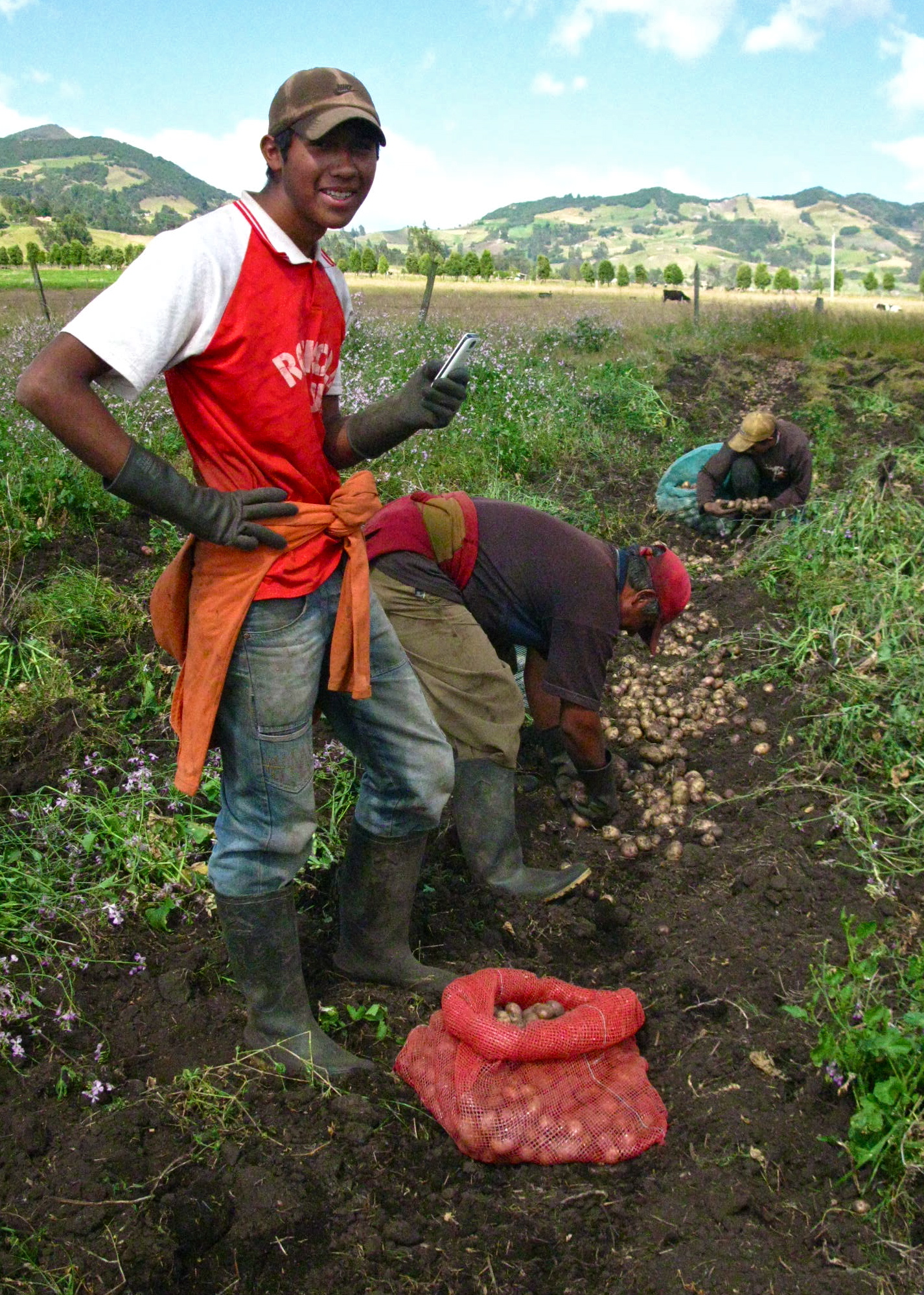

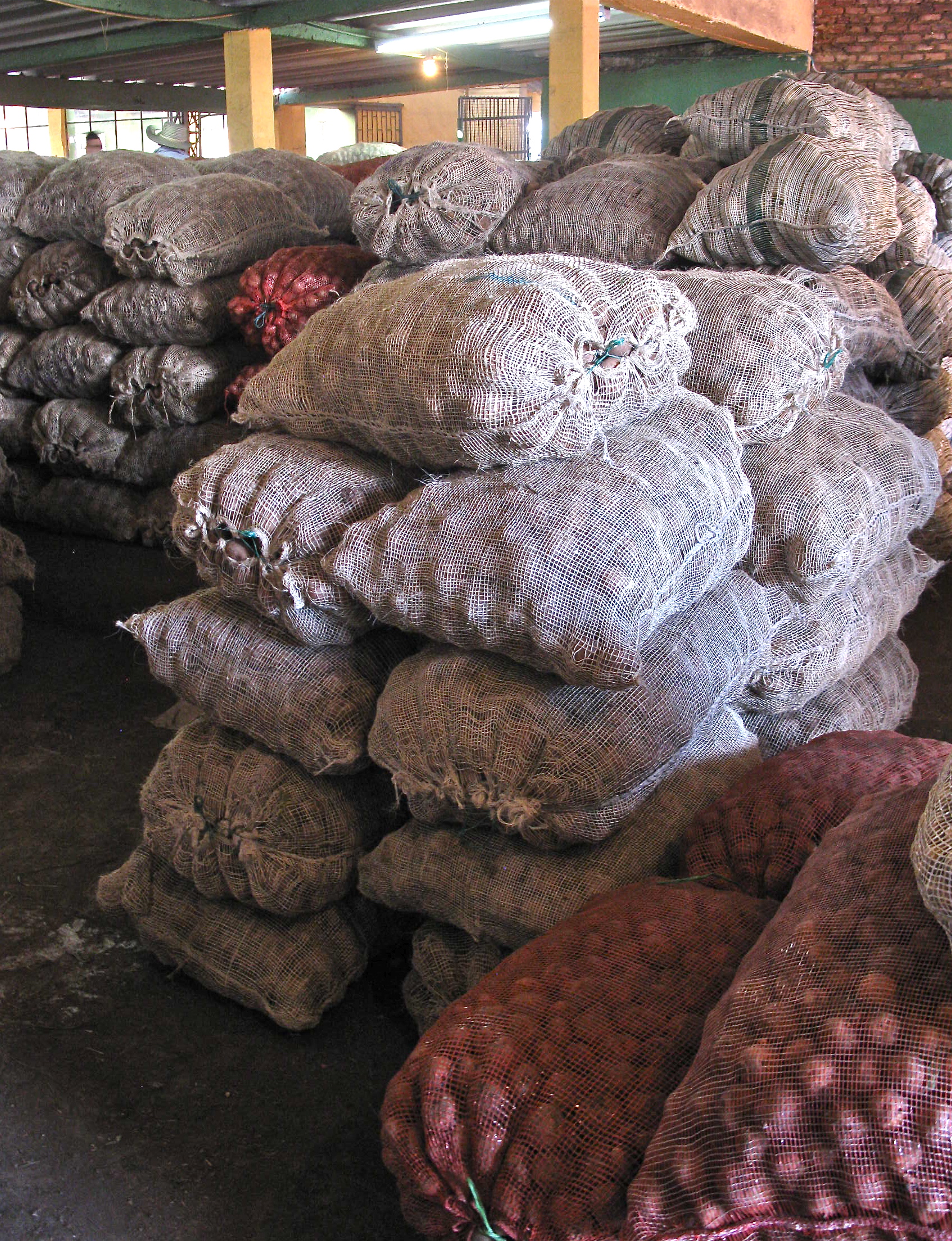



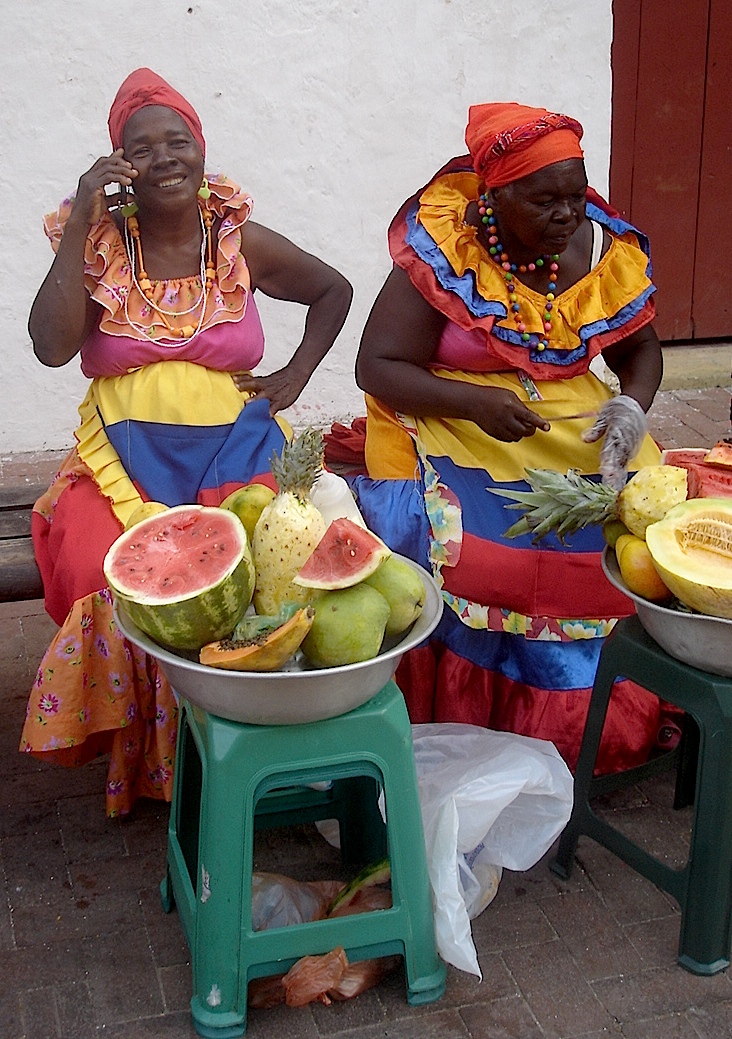 The underlying sense of ‘belonging’ and ‘connectedness’ to a social group can play a key role in the ability of vulnerable communities to cope with and recover from the impacts of climate change.
The underlying sense of ‘belonging’ and ‘connectedness’ to a social group can play a key role in the ability of vulnerable communities to cope with and recover from the impacts of climate change.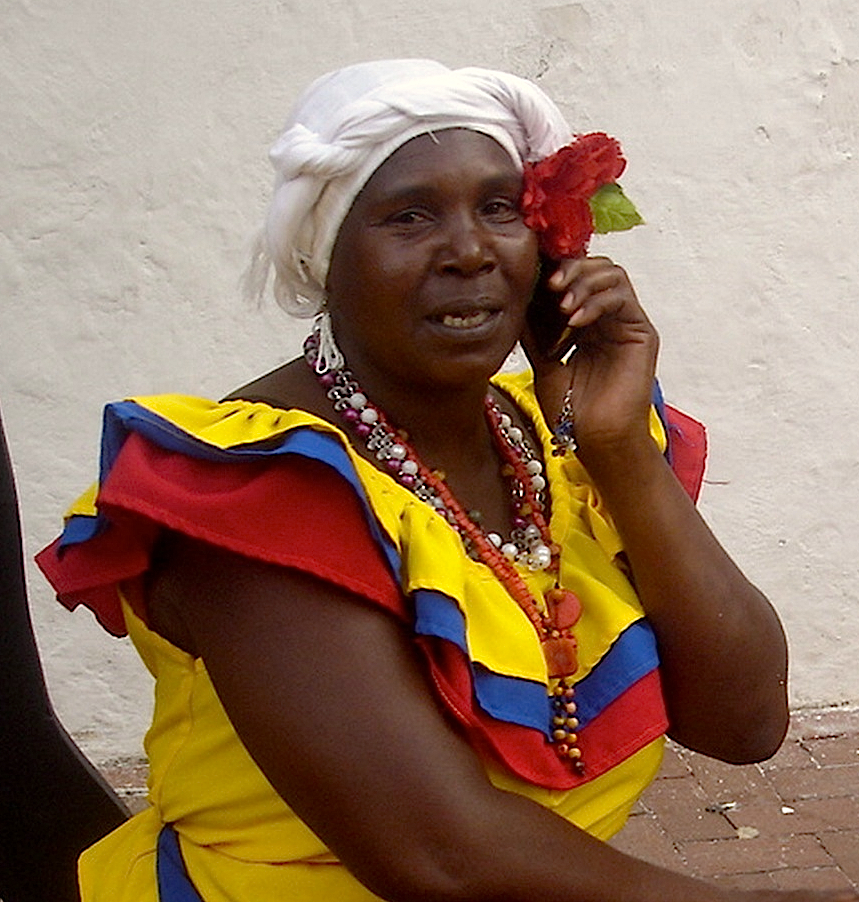 Much as the impact of climatic disturbances, the linkages between cultural identity, resilience & ICTs are complex and multi-dimensional. A series of short documentary films produced by
Much as the impact of climatic disturbances, the linkages between cultural identity, resilience & ICTs are complex and multi-dimensional. A series of short documentary films produced by 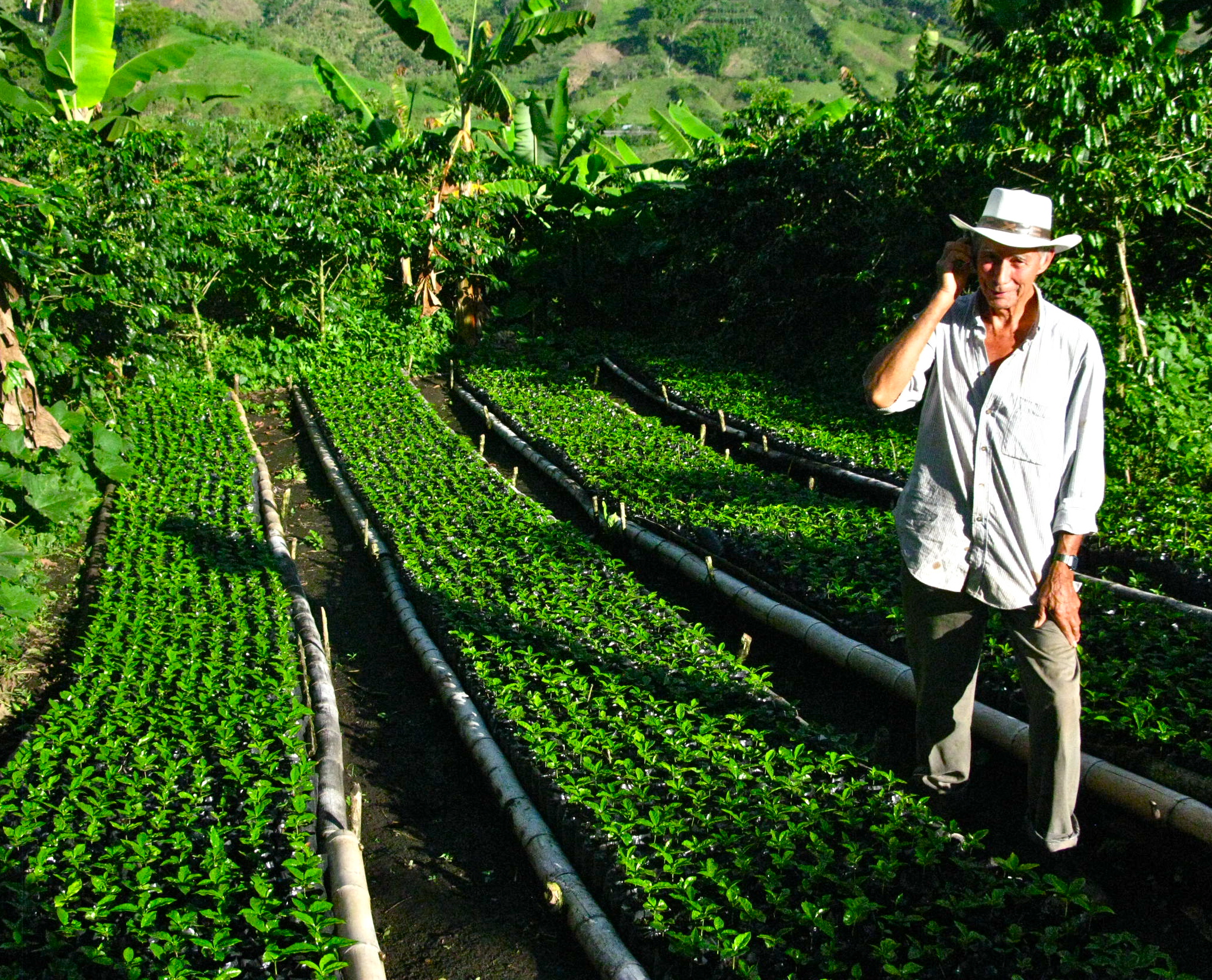 While the need to adapt is undeniable given the challenges posed by climate change and variability, the way in which we understand, approach and enable adaptive change should be given careful consideration, particularly within developing contexts.
While the need to adapt is undeniable given the challenges posed by climate change and variability, the way in which we understand, approach and enable adaptive change should be given careful consideration, particularly within developing contexts.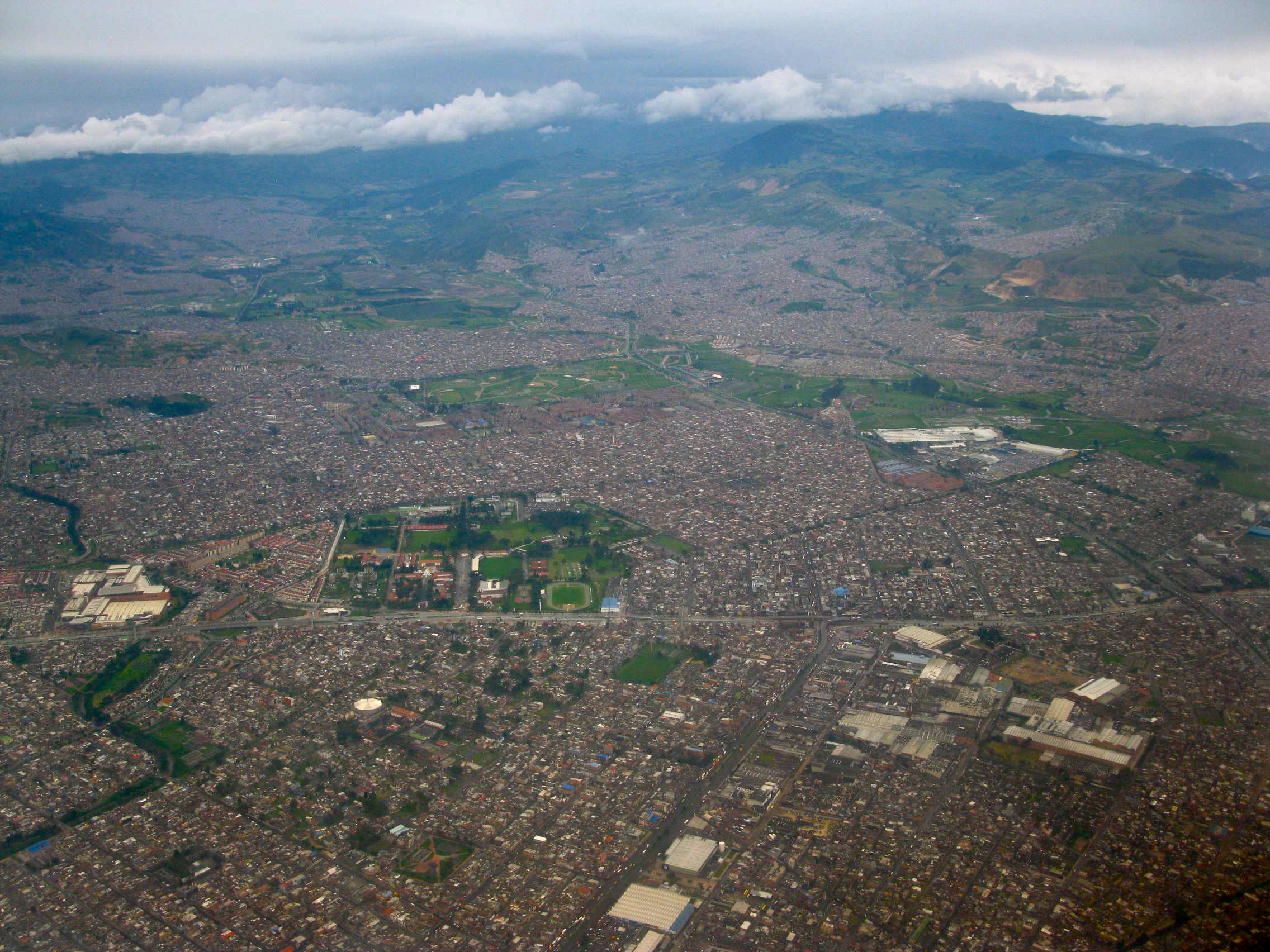 The complexity of urban contexts poses new challenges and opportunities to processes of resilience building. While increasing attention is being paid to the threats posed by climate change and variability to rural environments, urban marginalization poses equally important challenges that need to be examined from a ‘resilience lens’, fostering innovative responses towards urban change and transformation.
The complexity of urban contexts poses new challenges and opportunities to processes of resilience building. While increasing attention is being paid to the threats posed by climate change and variability to rural environments, urban marginalization poses equally important challenges that need to be examined from a ‘resilience lens’, fostering innovative responses towards urban change and transformation. Tools such as Information and Communication Technologies (ICTs) have been diffusing rapidly among the urban poor, providing new livelihood opportunities and fostering entrepreneurship through PC/Internet related microenterprises, mobile phones and associated services and applications (UNCTAD, 2010). Studies suggest that ICTs have helped to improve the availability of information in the informal sector, to reduce transaction costs and improve job creation and access to markets, contributing to income generation (ibid). (In the picture, an informal vendor in Colombia diversifies her income by selling mobile minutes).
Tools such as Information and Communication Technologies (ICTs) have been diffusing rapidly among the urban poor, providing new livelihood opportunities and fostering entrepreneurship through PC/Internet related microenterprises, mobile phones and associated services and applications (UNCTAD, 2010). Studies suggest that ICTs have helped to improve the availability of information in the informal sector, to reduce transaction costs and improve job creation and access to markets, contributing to income generation (ibid). (In the picture, an informal vendor in Colombia diversifies her income by selling mobile minutes). Amidst increasing climatic uncertainty, the challenges faced by low-income urban populations should be met through dynamic, flexible and innovative approaches that foster their capacity to engage, adapt and transform.
Amidst increasing climatic uncertainty, the challenges faced by low-income urban populations should be met through dynamic, flexible and innovative approaches that foster their capacity to engage, adapt and transform. Among many vulnerabilities that are intensified by the effects of climate change, the availability and management of water resources constitute one of the most critical areas of concern. From the provision of basic services and sanitation, to irrigation and food production, ecosystems protection and hydropower generation, water resources are not only crucial for socio-economic development but also a fundamental dimension of climate change adaptation.
Among many vulnerabilities that are intensified by the effects of climate change, the availability and management of water resources constitute one of the most critical areas of concern. From the provision of basic services and sanitation, to irrigation and food production, ecosystems protection and hydropower generation, water resources are not only crucial for socio-economic development but also a fundamental dimension of climate change adaptation.